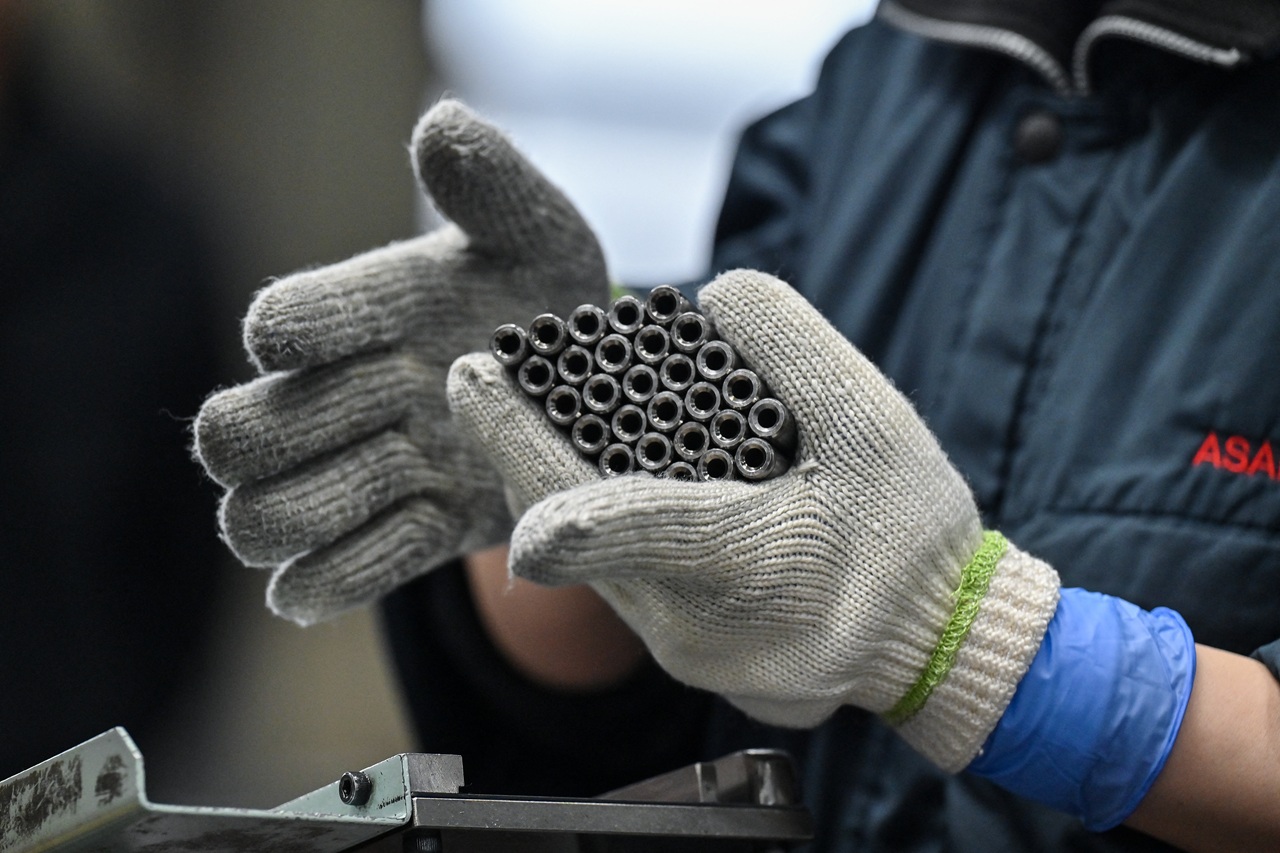
5 things you should know about the violence at the border
The image of immigrant mothers with their children fleeing tear gas on the border has triggered a media showdown between those who support President Trump and…
The tension on the border finally exploded and the result is the transformation of rhetoric into physical violence.
On Sunday, U.S. authorities used tear gas to disperse hundreds of immigrants who were at San Ysidro entrance port, affecting men, women and children alike.
Before the images, activists and media have denounced the use of force against immigrants, accusing President Trump of orchestrating an unprecedented crisis.
This is what you should know:
Around 11:30 AM, U.S. Customs and Border Protection (CBP) suspended traffic at the San Ysidro Port of Entry — the busiest border crossing in the world — after a group of immigrants tried to cross the inspection point by force.
According to NBC News, the immigrants decided to disobey the border limits "only being denied access to the port of entry where they could claim asylum."
The situation spiraled out of control after those participating in a peaceful march tried to evade the Mexican police cordon that separated immigrants from the border crossing.
CBP responded with tear gas to disperse those who tried to jump the border.
The agents responded to a presidential order issued last week by the Trump administration that suspended access to asylum applications by immigrants.
After the Caravan of Refugees arrived in Tijuana, the White House decided to once again overrule the law, suspending the humanitarian right to request asylum, after its Zero Tolerance policy settled into an administrative crisis for most of the year.
Members of the American Civil Liberties Union (ACLU) filed a lawsuit in a federal court in northern California, arguing that: "the president is simply trying to run roughshod over Congress’ decision to provide asylum to those in danger regardless of the manner of one’s entry."
On Monday, a federal judge in San Francisco temporarily blocked the government's decision.
Both the Mexican and U.S. governments spent the weekend trying to find a solution to the situation of immigrants who have reached the border.
According to the Washington Post, the Trump administration won the support of Mexico’s incoming government to design a plan to “remake U.S. border policy by requiring asylum seekers to wait in Mexico while their claims move through U.S. courts."
Moreover, President Trump threatened by Twitter to close the border definitively, for which the Mexican government has decided to negotiate the terms.
RELATED CONTENT
Mexico should move the flag waving Migrants, many of whom are stone cold criminals, back to their countries. Do it by plane, do it by bus, do it anyway you want, but they are NOT coming into the U.S.A. We will close the Border permanently if need be. Congress, fund the WALL!
— Donald J. Trump (@realDonaldTrump) 26 de noviembre de 2018
According to the Post's analysis, this agreement "would break with long-standing asylum rules and place a formidable barrier in the path of Central American migrants attempting to reach the United States and escape poverty and violence."
In the same way, it would be the first time that Mexico concedes and decides to "deepen cooperation" with the United States, in the leadup to the inauguration of the new Mexican president Andrés Manuel López Obrador.
The Mexican Interior Ministry said that around 500 people were part of Sunday's march and that those who decided to break the security cordon and attack the police will be deported, the New York Times reported.
Of the more than 6,000 members of the caravan, only a fraction participated in the demonstration, and 39 were arrested. But the rest of the people who peacefully marched in hope to have an opportunity in the United States will see their situation complicated thanks to the impulsiveness of a few.
If Mexico and the United States finally reach an agreement, the thousands of immigrants may remain stuck in the border for an indefinite period, increasing tension in the area as a result.
"The longer the caravaners stay in Tijuana, the more likely they are to succumb to the temptation to cross illegally into the U.S.," said Wayne Cornelius, professor emeritus of political science at the University of California, to the Times.
Even though the situation on the border is unique in its genesis, it’s not the first time that the Border Patrol uses tear gas against immigrants.
During the month of November 2013, the San Diego Tribune reported that CBP agents using tear gas dispersed “around 100 people” trying to enter the United States illegally through the Port of San Ysidro.
The difference between the two episodes is that in 2013 the situation was spontaneous, without a government orchestration of various months or against a Caravan that had been in Central America for weeks.
According to Amnesty International, President Donald Trump "expected nothing less when he deployed thousands of troops to the border with the order to shoot to kill."
Families are frightened and soldiers are shooting tear gas at toddlers. We must choose to be better than this, and @realDonaldTrump expected nothing less when he deployed thousands of troops to the border with the order to shoot to kill. https://t.co/45py8jmR5Q
— Amnesty International (@amnestyusa) 25 de noviembre de 2018











LEAVE A COMMENT: